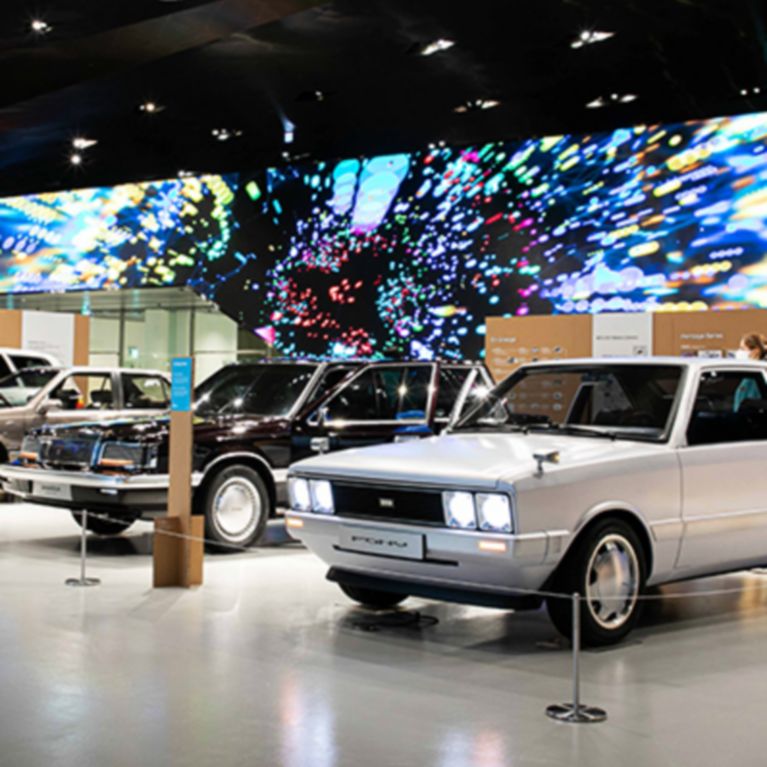Four rare EVs visited Hyundai Motorstudio; Pony Heritage Series, Grandeur Heritage Series, Sonata EV (Y2), Santa Fe EV (SM). These cars were Hyundai's signature models from the 1970s to the 1990s, and they also symbolized the automaker's history of EV development. The Sonata EV and Santa Fe EV are important evidence of Hyundai Motor's EV development process since 1990, and the Pony Heritage series and Grandeur Heritage series imply that the automaker kept conducting its research on the interior space of future EVs with the theme of retro.
The reason these cars come to Hyundai Motorstudio is revealed in ‘Master Talk’, a talk show by Hyundai that discusses various topics with experts; The Master Talk Heritage, which was held in three parts under the theme of ‘Hyundai EV Heritage’, looked at the past, present, and future of automaker’s EV models. At the talk show, it was said that EV - the core of the automobile industry these days - did not suddenly appear, and that Hyundai also completed its current EV lineup through more than 30 years of research. Here is the history of Hyundai's electric car explained by several panels.
Part 1: EVs did exist 100 years ago
In the first part, Jang-Hyeon Han, an adjunct professor at Daedeok University / former automobile journalist, and Kyu-hyuk Kwon, a senior manager at Hyundai Motor Company, briefly talked about the history of electric vehicles.
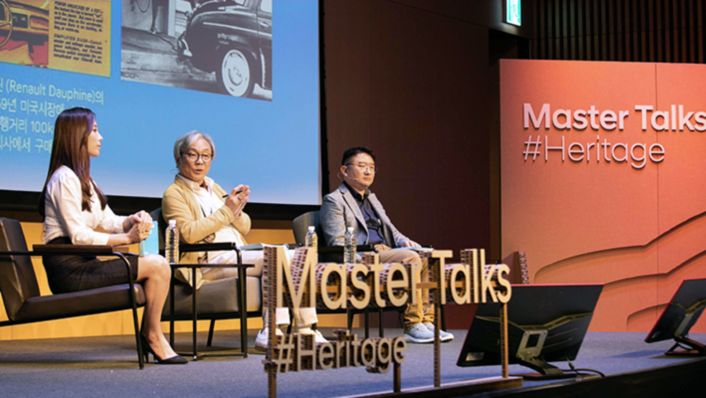
Jang-Hyeon Han (in the middle), an adjunct professor at Daedeok University, explains the early days of automobiles.
If you look at the trend of the automobile market these days, electric vehicles may feel like a recent invention; However, the history of electric vehicles is older than 100 years. The history of automobiles began when carriages were equipped with new power sources such as steam and internal combustion engines; At that time, electric vehicles were more popular than internal combustion engines.
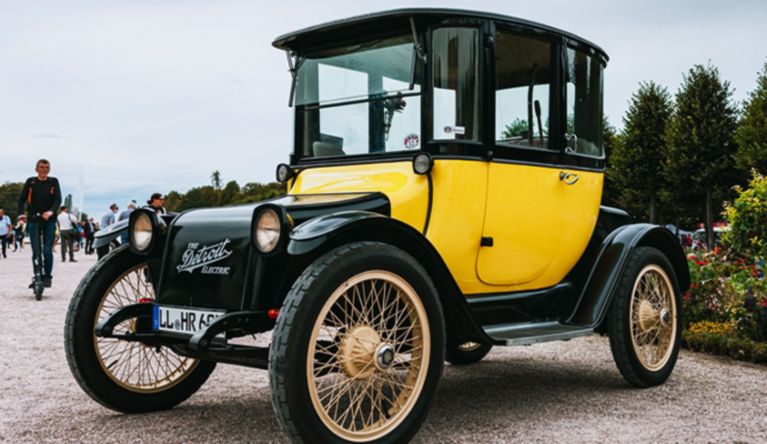
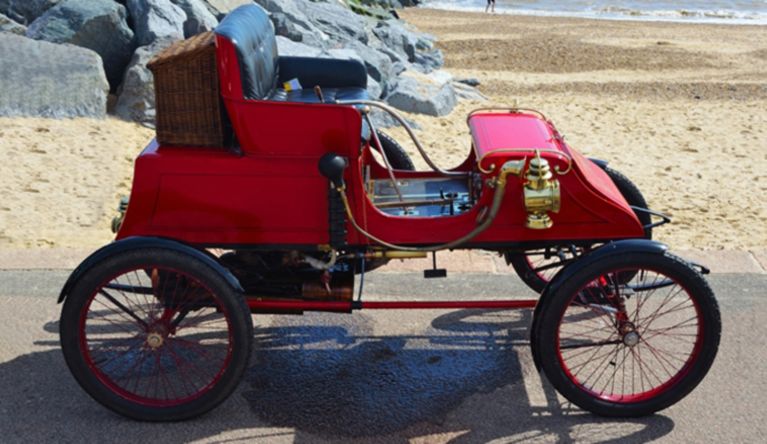
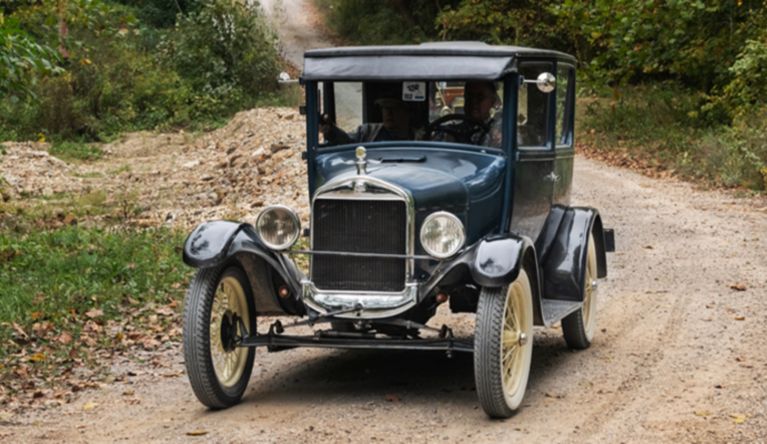
For example, in 1900, the United States made about 4,000 cars, and to classify them by power source, there were 40% steam cars, 38% electric cars, and 22% gasoline engine cars. Some people may be unfamiliar with the fact that the steam car, which does not exist any longer, was the most beloved one. At that time, the steam engine had the advantage of being able to use a variety of fuels. However, it took 30 minutes to start and move, and water had to be continuously put into the vehicle.
The electric motor, on the other hand, was quiet and easy to drive. In particular, it was useful for buses that required a lot of power because it produced maximum torque at the same time as it was operated. So, there were companies that operated electric buses in downtown New York, but there were limitations that the technology at the time could not overcome; These buses could not connect city to city because fully charged batteries could not travel over 100 kilometers.
Meanwhile, gasoline engines overcame their weaknesses with technological advances and became the winner. At that time, gasoline engine cars were weak compared to steam engines or electric motors, and they were not so easy to drive. To start the engine, the driver had to insert an iron skewer and turn it, but it soon bounced off and injured people often. However, the transmission solved the lack of power, and Starter Motor was introduced to help the engine to start. Moreover, the mass production of gasoline-powered vehicles was a complete game-changer. As prices fell due to economies of scale, many people bought cars, and roads increased accordingly, connecting cities to cities. This is why gasoline engines, which can run the longest distances, have emerged as the best choice.
Later, automakers worked on improving their engines; There have been many attempts to commercialize electric vehicles, but most have failed. In fact, the reason electric vehicles were tested for the future was that gasoline engines were most suitable for automobiles due to the limitations of the technology of the time. Electric vehicles, which had been used only on a trial basis, met a dramatic change in 1990 when the California Air Environment Agency passed a law to mandate zero-emission vehicles. Since 1998, automakers have been forced to build electric vehicles to comply with the requirement that a certain percentage of cars sold be zero-emission vehicles. Since then, the bill has been amended, but the pressure to develop an electric vehicle remains.
Part 2: Hyundai Motor Company, Developing Electric Vehicles for Over 30 Years
In the second part, the pioneers in charge of electric vehicle development in the 1990s, including President Choong-Gu Lee, who was also head of Hyundai Motor's R&D division, former Hyundai Mobis Executive Vice President Bong-Ho Lee, and former Hyundai Motor Engineer Seong-Beom Lee, starred and told a lot of stories related to Hyundai's electric vehicle development history.
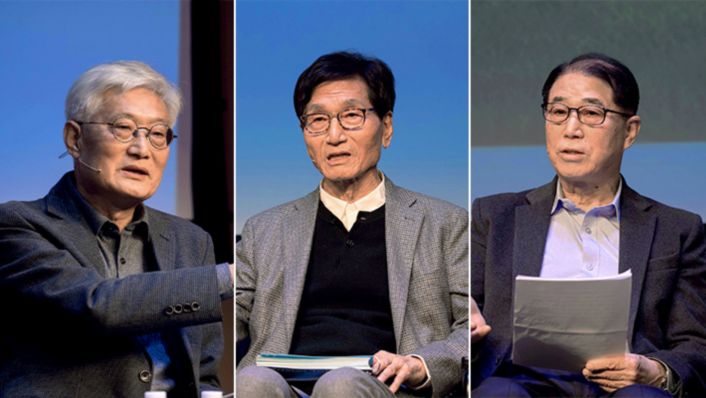
Former Hyundai Motor Engineer Seong-Beom Lee, former Hyundai Motor President Chung-Goo Lee, and former Hyundai Mobis Executive Vice President Bong-Ho Lee (from left) introducing the history of electric vehicle development
Hyundai started developing electric vehicles in 1990, and the automaker did not stop since then. Since 1998, the company worked so hard on manufacturing eco-friendly vehicles that they have developed both hydrogen fuel cell vehicles and electric vehicles; considering the planet we're living on, it was a must.
Hyundai had a clear dream and goal from the start, and that was to develop and export Korean automobiles. The Pony, Korea's first model released by Hyundai Motor Company in 1976, was exported all over the world. This gave everyone at Hyundai Motor Company the confidence that they could do it. In 1982, the pony was also exported to Canada, opening the door to entering the North American market. Hyundai Motor, which received momentum from this, decided to export to the US as a successor, Pony Excel, in 1986.

In January 1986, the Pony Excel began to be exported to the United States.
In January 1986, Hyundai Motor entered the world's largest automobile market by exporting Pony Excel to the United States. Then, in 1990, the California Air Environment Commission passed the Emission-Free Vehicle Mandatory Act. Low-emission cars were classified according to the level of exhaust gas emission, and a certain percentage of cars sold from 1998 should be zero-emission cars. In other words, in order for Hyundai to continue exporting to the US, it had to develop electric vehicles.
At the time, Hyundai was about to use its first engine, the Alpha engine; The automaker thought that the model housing the newly developed Alpha engine could be registered as a low-emission car in the United States. It was legally necessary to develop a zero-emission vehicle, and the automaker also needed to secure the technology for the future; This is why Hyundai Motor Company started developing electric vehicles.
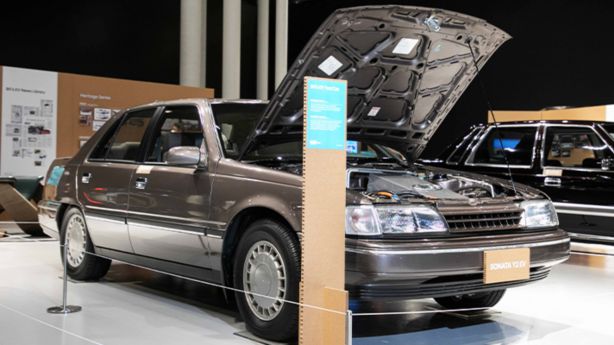
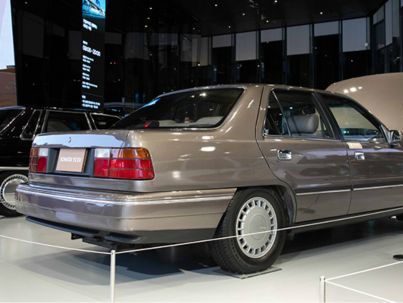
Sonata EV (Y2), Hyundai acquired electric vehicle-related technologies while remodeling existing EV models
Hyundai started developing electric vehicles based on its existing production model. It is a method to make an electric vehicle by removing all the drivetrains such as the engine. As this is Hyundai's first electric vehicle research, the development process has not been smooth at all. It took eight months to build the first prototype. So, the Sonata EV, the Y2, started driving at the research center in 1990.
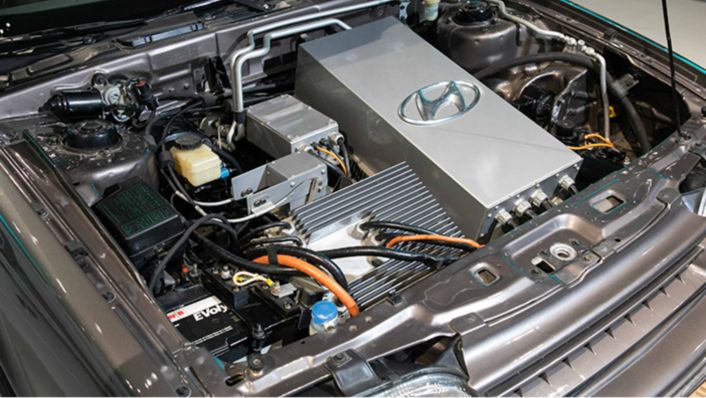
The engine room of Sonata EV
Securing the part was the most difficult part of the development process; At that time, the electric vehicle parts market did not exist. The automaker had to make simple parts by themselves, and use industrial parts for important parts such as motors. Therefore, it was necessary to bring in several industrial components, test them one by one, and choose the best combination. After countless repetitions of disassembling and reassembling everything, Hyundai succeeded in remodeling the electric car.
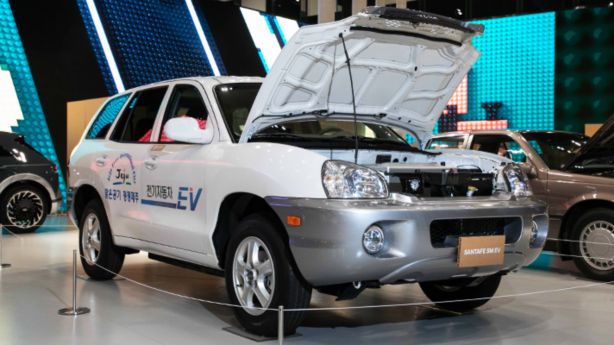
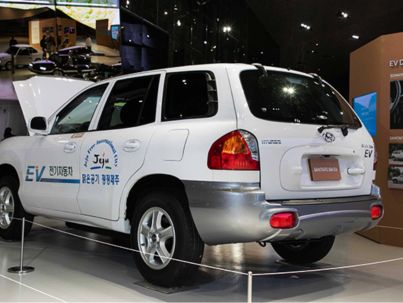
The Santa Fe EV was used as an official government vehicle in the state of Hawaii in 2001.
Hyundai, which has been developing electric vehicles for over 30 years, now has a diverse electric vehicle lineup, including the Ioniq 5; Of course, it was not easy to continue research even when electric vehicle parts did not exist. If it had been given up in the middle, there would not have been Hyundai Motor's current eco-friendly car lineup. This is the reason why it can be said that Hyundai Motor's electric vehicle lineup was built over 30 years.
Part 3: Finding the Future in the Past
In Part 3, Hak-Soo Ha, head of the interior design team at Hyundai Motor Company, explained the design research for future cars.

Hak-Soo Ha, Head of Hyundai Motor's Interior Design Team introducing the Heritage series
In the era of autonomous driving, cockpit design must change. When autonomous driving starts, the interior of the car becomes a space for rest, not driving. Therefore, it is necessary to design from a different point of view than before - the seats as well. So, Hyundai Motor's interior design team researched both the zero-gravity posture that people can feel most comfortable in and the seat that can make this possible. This technology is currently housed in Ioniq 5 as a ‘long reclining seat’. This is for the passengers who may have to stay in the car for a long time for resting and recharging.
As new designs for future automobiles require a change in perspective, Hyundai's Heritage series contains a new perspective on finding the future from the past. In the future, most of the elements that make up today's cars may disappear. In order to realize Hyundai's uniqueness, it is necessary to design the future of Hyundai by finding unique elements from the legacy of the past.
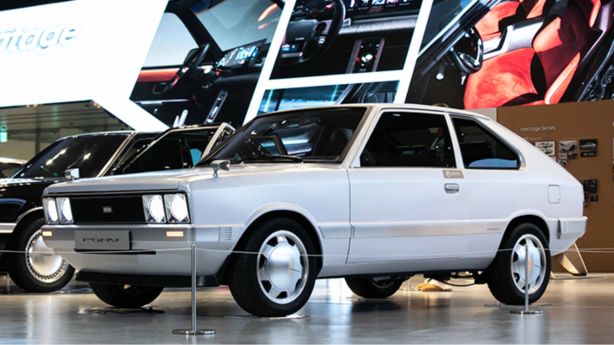
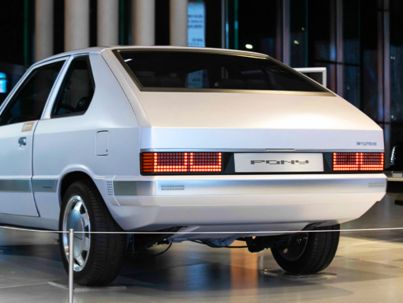
Left: The Heritage Series Pony has retained its shape from the past. Right: Heritage Series Pony on display at Hyundai Motorstudio Goyang
Hyundai Motor Company's special journey to find the future from the past started with the Heritage Series Pony. To this end, the two ponies were completely disassembled and then rebuilt from scratch. The most important part is that the designers did not restore the original model is not a restoration, but they created a new image by adding the designer's taste. So, the Heritage Series Pony is both familiar and new.
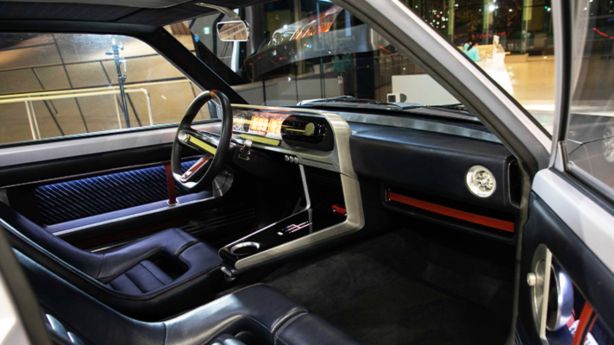
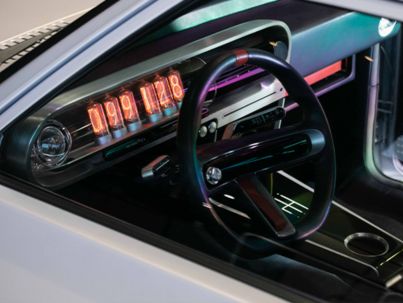
The past and the future coexist in the interior of the Heritage Series Pony.
A design that adds a sense of the future to a former model can be a more difficult attempt due to the limitations of the frame of the past. But the interior design team at Hyundai Motor Company did a great job. Preserving the original Pony, adding pixel-style lamps clearly gives the impression that this model is indeed an electric car. The interior also houses the model's past and future; It is very impressive that the dashboard, reminiscent of a vacuum tube watch, and the hand-drawn haptic shift lever are in the same area. Elements from completely different eras harmonize in one place.
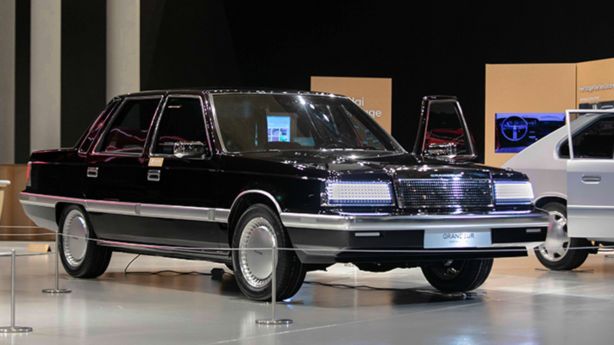
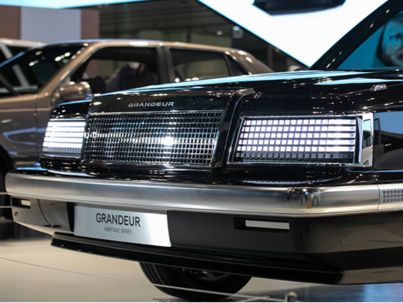
Heritage Series Grandeur on display at Hyundai Motorstudio Goyang
The second Hyundai Heritage model is the first-generation Grandeur. Like the Heritage Pony EV, it has an electric drivetrain and a pixel design lamp to emphasize the future-oriented sense. The highlight of this car is the interior. The first-generation Grandeur built a reputation as the best luxury car of its time, but it feels small compared to today's cars. Therefore, the interior design team came up with a way to deliver the sense of luxury and space of the time in the cabin- light, and sound.
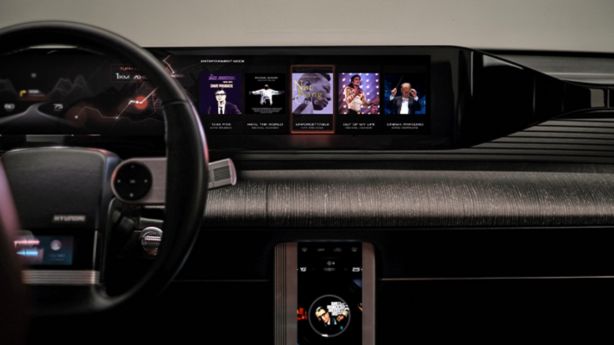
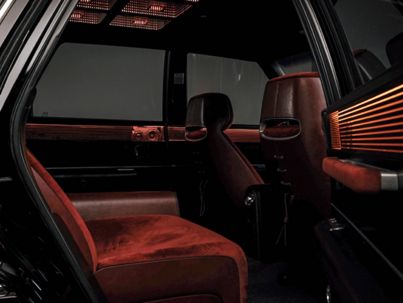
The Heritage Series Grandeur expresses luxury through light and sound.
For example, the dashboard of the Heritage Series Grandeur also acts as a soundbar; it is equipped with an integrated monitor and touch screen, and its inside is made into a sound-boosting reverberator to create high-quality sound. It also provides a light that runs from the dashboard to the door and surrounds the passengers. On the ceiling, ‘Infinity Lighting’, which reflects light using parallel mirrors, emphasizes the sense of space. This consummate Heritage Series Grandeur is a delicate fusion of classical design and digital technology.
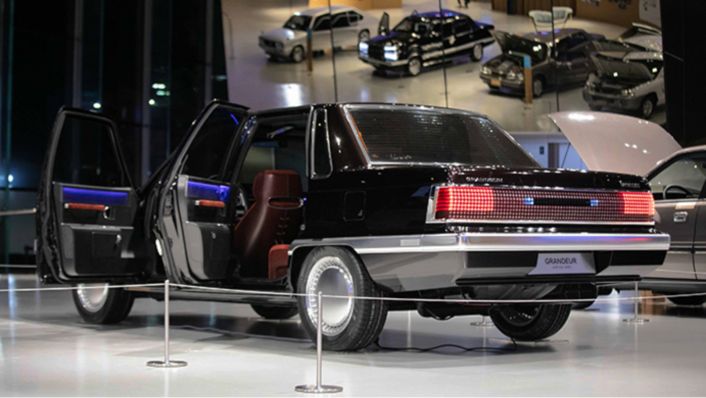
Currently, Hyundai Motor's interior design team is preparing another heritage series – the Galloper and Stella, which were Hyundai's signature models in the 1980s and 1990s. Galloper Heritage has a concept called Digital Nomad, and it plans to present a space configuration that allows camping and remote work in a car outside the city center. Stellar Heritage plans to present a new space for the MZ generation who literally values small luxury and private experiences through the Small Luxury concept. There's also a cool idea of connecting the Stella of the past with the Stella Heritage series of today in a virtual world.
As time flies, cars are also changing rapidly. Just as familiar buttons disappeared and the touch screen took its place, passengers are having a new experience in the car. Hyundai Motor continues to develop not only automobiles but also robots and wearables, which will also be applied to future automobiles. In order to understand this rapidly changing future, it is essential to read the present trends and look at the past as well; This is why Hyundai looks for clues into the future from the past through its heritage series.
Time travel with an expert
This master talk, with the theme of Hyundai Motor's EV heritage, was a time of insight into the past, present, and future. In particular, the testimonies of those who played an important role in Hyundai's EV development process were like time travel. The show made the audience think about the future vehicles that Hyundai will showcase, through the Heritage series and detailed explanations.
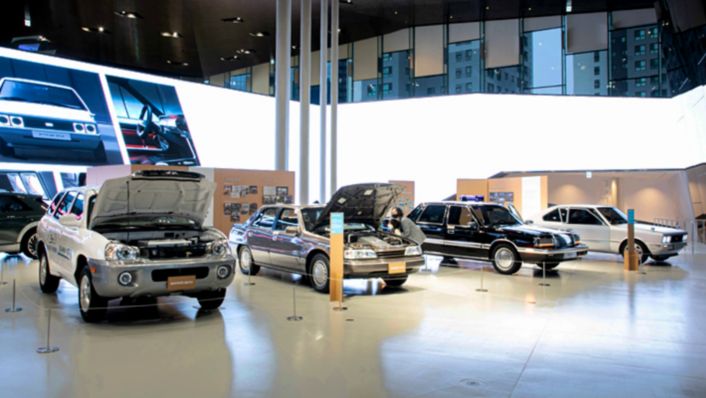
Four electric vehicles – the Pony Heritage Series, the Grandeur Heritage Series, the Sonata EV, and the Santa Fe EV – deliver an impressive message; the new attempt to find the future from the past, and Hyundai Motor's interpretation of the space of future mobility, could be directly confirmed. In particular, the Sonata EV and Santa Fe EV looked like icons that symbolized Hyundai Motor's electric vehicle development history. These four electric cars house the company's pride in electric vehicles; These prove that the company has perfected the current diverse electric vehicle lineup through more than 30 years of research, and it shows that the automaker is not only enjoying the proud past but also is finding a new path towards the future.

